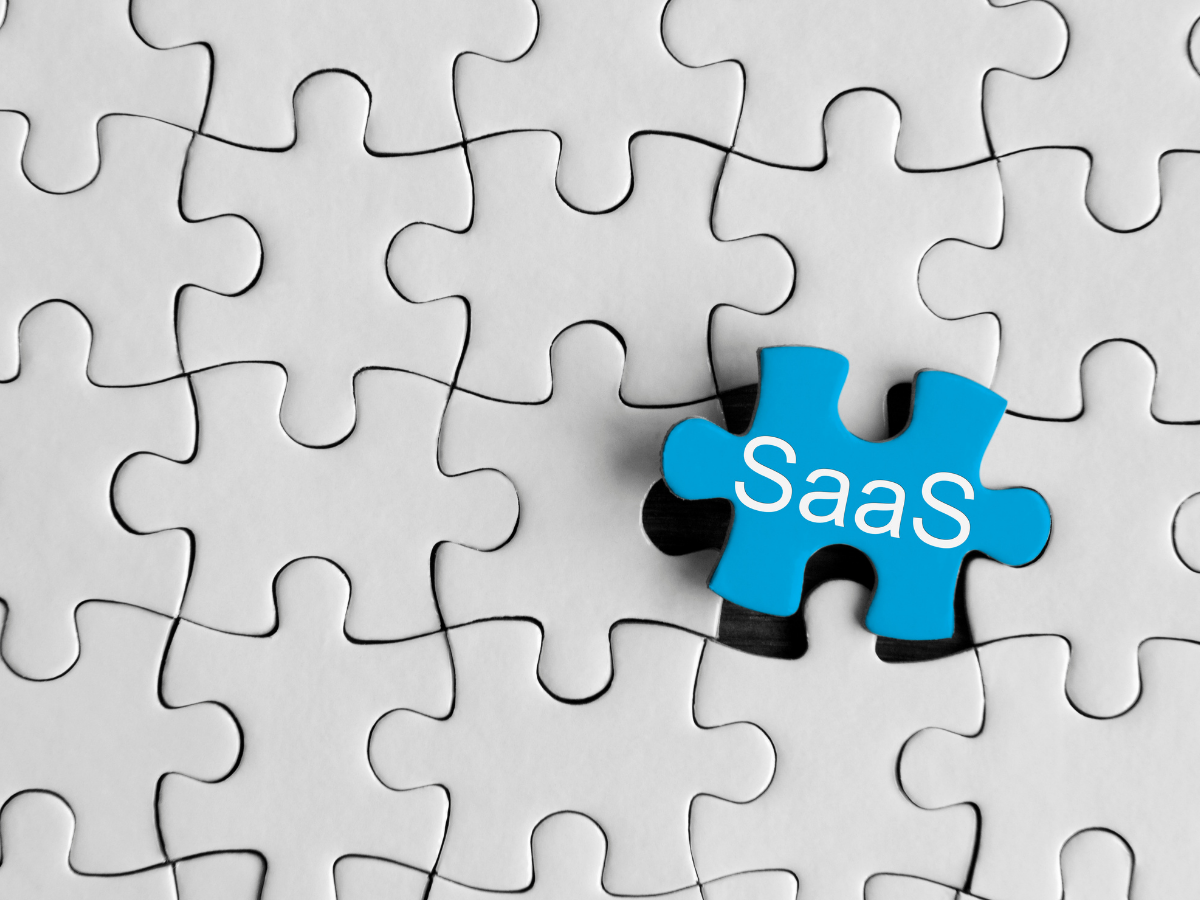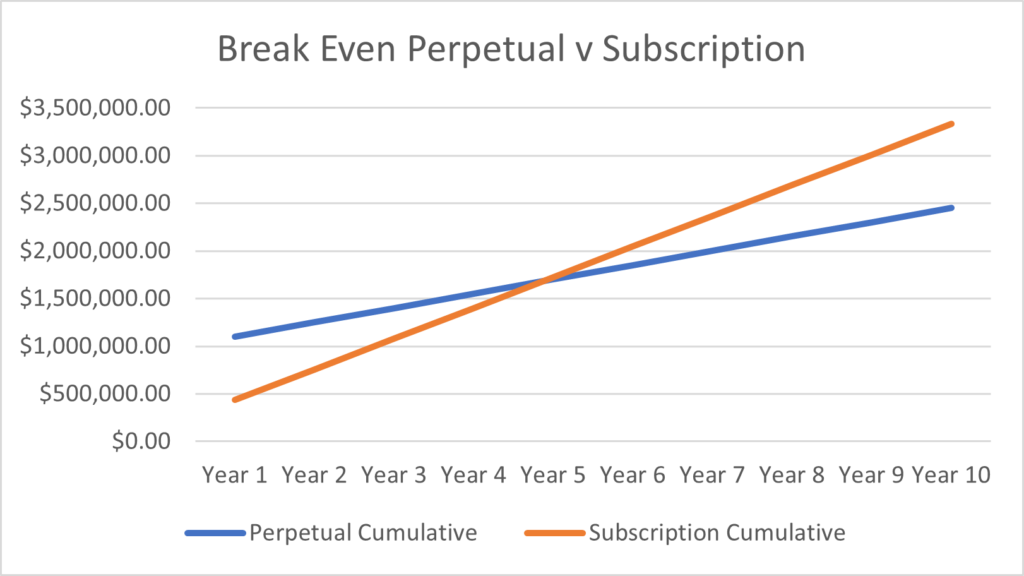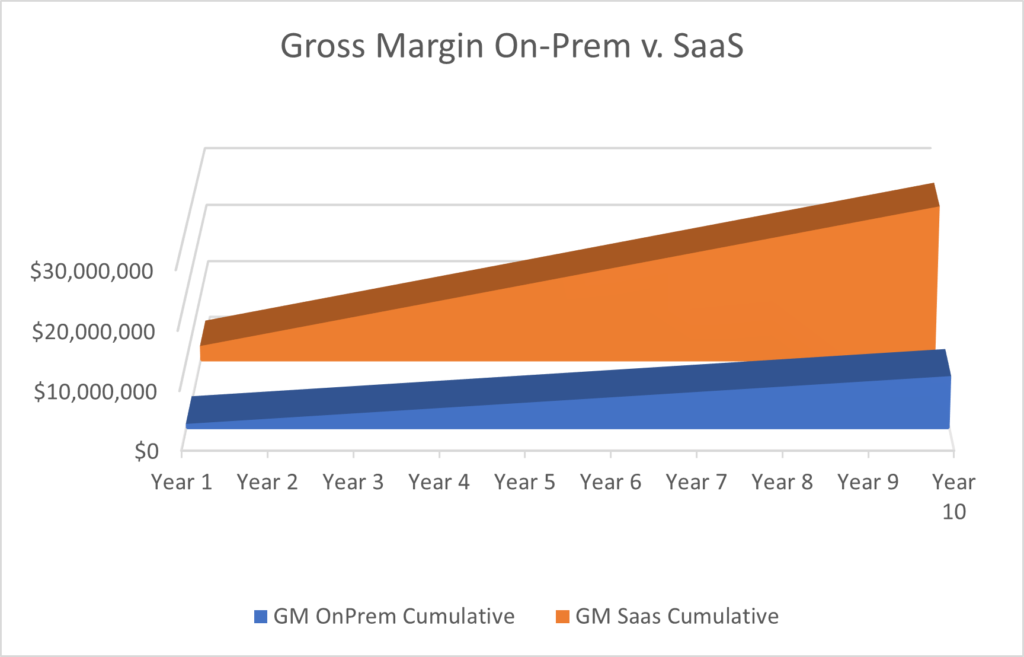FIGURE 1 – Break Even Analysis TCO Perpetual vs Subscription
There is clearly a higher long-term cost to the subscription option ($1.72M vs $1.70M), even when incorporating the cost of any hardware or virtual machine and their associated operating costs. However, there is more than just a motivation for top line growth for the selling organization.
Let us look at an abbreviated P&L. We already know that we should really be looking at comparing this over 5 years:
| | Year 5 | Year 4 | Year 3 | Year 2 | Year 1 |
On-prem | | | | | |
REVENUE | | | | | |
Product | | | | | $835,000.00 |
Services | $150,300.00 | $150,300.00 | $150,300.00 | $150,300.00 | $265,300.00 |
Total Revenue | $150,300.00 | $150,300.00 | $150,300.00 | $150,300.00 | $1,100,300.00 |
COST OF SALES | | | | | |
Product | | | | | $375,750.00 |
Services* | $82,665.00 | $82,665.00 | $82,665.00 | $82,665.00 | $172,445.00 |
Total cost of sales | $82,665.00 | $82,665.00 | $82,665.00 | $82,665.00 | $548,195.00 |
| | | | | | |
GROSS MARGIN | $67,635.00 | $67,635.00 | $67,635.00 | $67,635.00 | $552,105.00 |
Total | | | | | $822,645.00 |
*Assumes ABC allocation based on typical margin requirements. | | |
TABLE 5 – Five-year abbreviated P&L for on-prem Sale
| | Year 5 | Year 4 | Year 3 | Year 2 | Year 1 |
SaaS | | | | | |
REVENUE | | | | | |
Product | | | | | |
Services | $317,300.00 | $317,300.00 | $317,300.00 | $317,300.00 | $492,420.00 |
Total Revenue | $317,300.00 | $317,300.00 | $317,300.00 | $317,300.00 | $492,420.00 |
COST OF SALES | | | | | |
Product | | | | | |
Services* | $95,190.00 | $95,190.00 | $95,190.00 | $95,190.00 | $270,831.00 |
Total cost of sales | $95,190.00 | $95,190.00 | $95,190.00 | $95,190.00 | $270,831.00 |
| | | | | | |
GROSS MARGIN | $222,110.00 | $222,110.00 | $222,110.00 | $222,110.00 | $221,589.00 |
Total | | | | | $1,110,029.00 |
TABLE 6 – Five-year abbreviated P&L for SaaS
As you can see above, the SaaS model is now more than 30% more profitable.
So far, we have been looking at just the sale to one customer. The real profit accelerator for the SaaS companies comes with the scaling up of their customer base. Again, comparing the On-prem for 5 years but this time let us assume 10 customers. Along those lines the On-prem would have direct additive effect in the best case.
However, 10 customers may have 10 different environments, different hardware, different OS versions, different virtual environments etc., and even different releases of the software solution. In keeping with Service Level Agreements, the vendor will have to be able to support all these deployments and more than likely must have sandboxes that either replicate or emulate these environments to be able to test releases as well as troubleshoot problems. It will need more staff at development, QA test and customer support level.
| | Year 5 | Year 4 | Year 3 | Year 2 | Year 1 |
On-prem | | | | | |
REVENUE | | | | | |
Product | | | | | $8,350,000.00 |
Services | $1,503,000.00 | $1,503,000.00 | $1,503,000.00 | $1,503,000.00 | $2,653,000.00 |
Total Revenue | $1,503,000.00 | $1,503,000.00 | $1,503,000.00 | $1,503,000.00 | $11,003,000.00 |
COST OF SALES | | | | | |
Product | | | | | $3,757,500.00 |
Services | $601,200.00 | $601,200.00 | $601,200.00 | $601,200.00 | $1,299,970.00 |
Total cost of sales | $601,200.00 | $601,200.00 | $601,200.00 | $601,200.00 | $5,057,470.00 |
| | | | | | |
GROSS MARGIN | $901,800.00 | $901,800.00 | $901,800.00 | $901,800.00 | $5,945,530.00 |
Total | | | | | $9,552,730.00 |
TABLE 7 – On-prem abbreviated P&L assuming 10 customers
The table above assumes no increase in the costs of services (support) over the years, though that will normally grow for reasons expounded above.
| | Year 5 | Year 4 | Year 3 | Year 2 | Year 1 |
SaaS | | | | | |
REVENUE | | | | | |
Product | | | | | |
Services | $3,173,000.00 | $3,173,000.00 | $3,173,000.00 | $3,173,000.00 | $4,924,200.00 |
Total Revenue | $3,173,000.00 | $3,173,000.00 | $3,173,000.00 | $3,173,000.00 | $4,924,200.00 |
COST OF SALES | | | | | |
Product | | | | | |
Services | $475,950.00 | $475,950.00 | $475,950.00 | $475,950.00 | $1,428,018.00 |
Total cost of sales | $475,950.00 | $475,950.00 | $475,950.00 | $475,950.00 | $1,428,018.00 |
| | | | | | |
GROSS MARGIN | $2,697,050.00 | $2,697,050.00 | $2,697,050.00 | $2,697,050.00 | $3,496,182.00 |
Total | | | | | $14,284,382.00 |
TABLE 8 – 10-year SaaS abbreviated P&L
What you can see now is that the Gross Margin is now 50% higher than when selling an on-prem solution.













